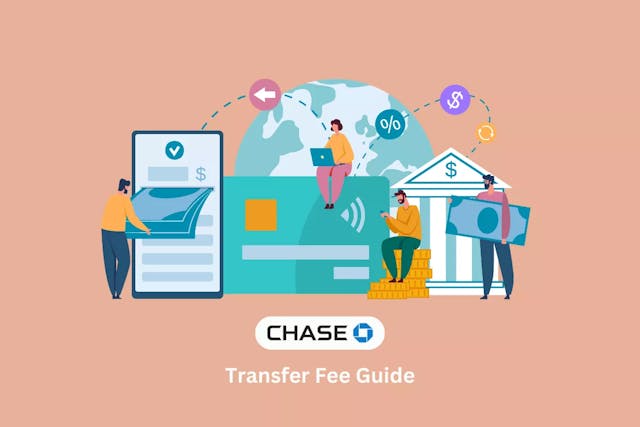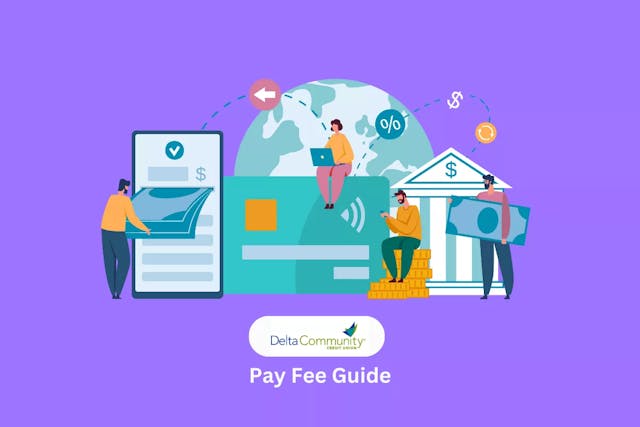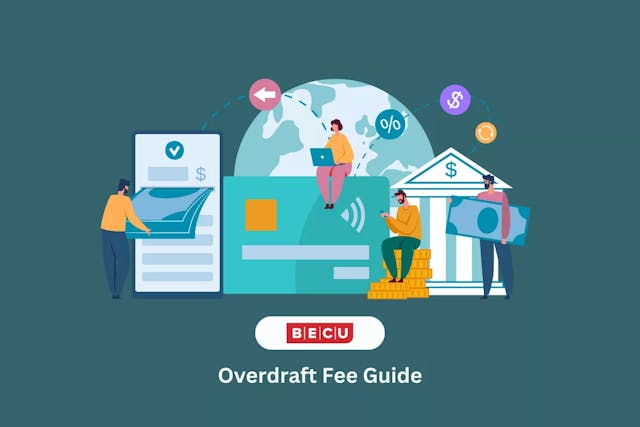What Is an Overdraft Fee?
U.S. Bank issues you an overdraft fee (overdraft paid fee) when you don’t have enough money in your account to complete a transaction but the bank pays for the transaction anyway. When the bank allows you to overdraw your account, it will cause your balance to fall into the negative and you will also incur a fee.
Transactions that can trigger an overdraft fee include:
- Checks or other transactions made using your checking account number
- Automatic bill payments (e.g. auto-pay utility bills, credit card payments)
- Recurring debit transactions (e.g. gym memberships, streaming services)
U.S. Bank can cover other types of overdraft transactions, but you first have to opt into ATM and Debit Card Overdraft Coverage. By opting in, you enable U.S. Bank to also allow you to overdraw your account on:
- ATM transactions
- Everyday, non-recurring debit purchases (e.g. gas, groceries)
How Much Does an Overdraft Fee Cost at U.S. Bank?
U.S. Bank charges $36 per overdraft fee.
The fee only applies to transactions that cause you to overdraft your account by more than $5. For example, if you make a purchase and your account falls to -$4.50, U.S. Bank may cover the transaction but will not charge you a fee, according to their fee schedule. However, if you make a purchase and overdraw your account by $5.01, U.S. Bank can charge you a $36 fee for covering the transaction.
Related Fees
If you overdraft your account at U.S. Bank, a number of scenarios could occur.
- Overdraft fee
- Returned item fee
- Overdraft protection transfer fee
Overdraft fee
U.S. Bank also refers to overdraft fees as overdraft paid fees, and they most often occur when you are not opted into overdraft protection and the bank allows you to overdraft your account on checks, automatic bill payments, and recurring debit transactions.
Returned item fee
Also referred to as overdraft returned item fees or non-sufficient funds (NSF) fees, returned item fees occur when you make a purchase but there are not enough funds in your account to cover the transaction. Instead of covering for you, the bank will decline the transaction, or return the item unpaid. U.S. Bank charges $36 for each transaction that causes you to overdraft your account by more than $5.
Returned item fees most often occur for checks or other transactions made using your checking account number, automatic bill payments, and recurring debit transactions when you are not opted into overdraft protection.
Overdraft protection transfer fee
Overdraft protection transfer fees most often occur when you are opted into overdraft protection and the bank allows you to overdraw your account on checks and other transactions made using your checking account number, automatic bill payments, recurring debit transactions, ATM transactions, and everyday debit purchases.
Rather than a $36 overdraft fee, U.S. Bank will charge a $7.50–$12.50 overdraft protection transfer fee (depending on the type of account) if you are opted into the program and overdraw your account by more than $5.
To enable overdraft protection, you must link a qualified account so that the bank can transfer funds from one account to another in the event of an overdraft. Qualified accounts include:
- U.S. Bank savings or money market
- U.S. Bank credit card
- U.S. Bank Reserve line of credit
- U.S. Bank Premier line of credit
- U.S. Bank Home Equity line of credit
Special Considerations
U.S. Bank limits the number of overdraft fees — including both overdraft fees and returned item fees — to four on a single day.
If you have a U.S. Bank Safe Debit account, the bank will not charge you an overdraft or returned item fee if you overdraw your account. However, you will not be able to use your debit card or withdraw funds from your account until you transfer or deposit enough money into the account to cover the transaction.
Overdraft fees can be a huge pain, which is why banks have developed overdraft protection to allow you to overdraw your account and automatically transfer money for a much lower cost.
However, overdraft protection can sometimes do more harm than good. Accounts opted into overdraft protection typically pay more on bank fees than accounts that aren’t opted in. Make sure to do your research before deciding whether opting into overdraft protection makes the most sense for your financial situation.
When in doubt, remember that you can opt into or out of overdraft protection at any time.
Learn more about what you should know before opting into overdraft protection.
How to Avoid an Overdraft Fee
Overdraft fees are one of the most common charges detected on Cushion customers’ accounts, but there are small actions that you can take to avoid them:
- Keep an eye on your account balance and charges.
- Sign up for low-balance notifications.
- Carefully consider whether you should opt into overdraft protection.
Learn more about how to avoid an overdraft fee.
How to Get an Overdraft Fee Refund
It’s important that you take the necessary precautions to avoid overdraft fees, but mistakes happen and the penalties can sometimes be inevitable. Luckily, there are ways to get these fees refunded.
Prepare your information
Name, address, bank account number, and the fees that you’d like to negotiate.
Introduce yourself
“Hello. My name is , and I recently received an overdraft fee. I’m contacting you to see if you would be willing to refund this fee.”
Have your points of leverage ready
Have you been financially affected by COVID-19? Is this overdraft a rare occurrence? Are you a loyal customer who has been with U.S. Bank for an extended period of time? Do you have multiple accounts with the bank? Do you make regular deposits?
Be patient, persistent, and prepared not to get a refund every time.
The bank agent that you are negotiating with likely didn’t write the rules on refunds, so remember to be kind throughout the process. However, don’t hesitate to press the issue if the agent initially says no to your request — that’s what your points of leverage are for.
Success can also depend on the agent, so you can try calling back later to speak with someone new.
Finally, you have to be willing to lose some negotiations. While it can be a bummer, try not to let this failure get you down. Instead, note what you learned throughout the process and take the necessary steps to avoid an overdraft fee in the future.



